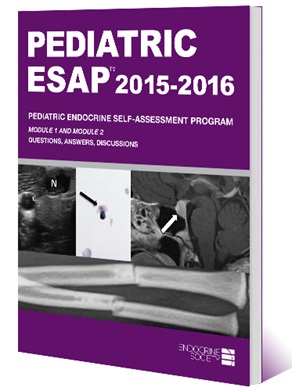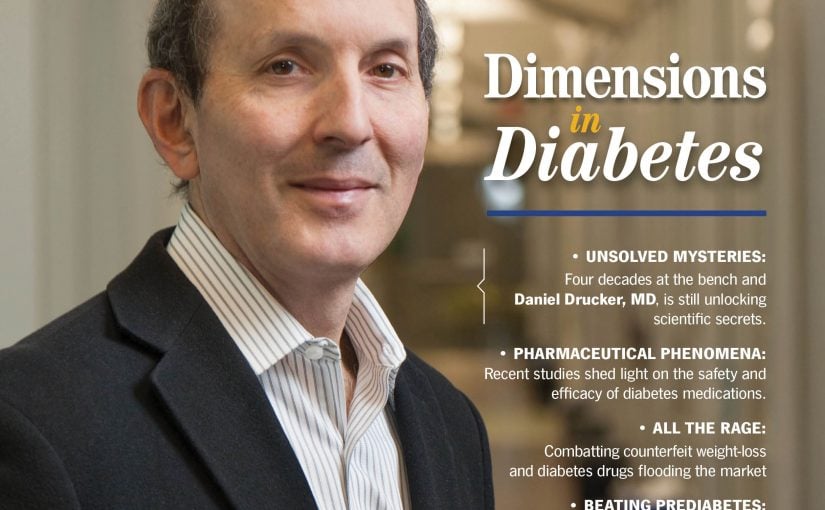
Test your clinical knowledge with the FREE Case of the Month! This month highlights Pediatric ESAP 2015/16, available on the Endocrine Society’s Center for Learning.
A 5-year-old boy presents for the evaluation of precocious puberty. Medical history is notable for severe, chronic eczema requiring topical corticosteroid treatment. Review of growth records shows that growth velocity is 9.5 cm per year. On examination, vital signs are normal. On skin examination, he has mild facial acne, and there are no café-au-lait macules. Testicular volume is 1 mL bilaterally. The scrotum is hyperpigmented, and the phallus is enlarged (pubis to glans length is 7.5 cm, >90th percentile for age). Pubic hair development is Tanner stage 3. The family reports that he has aggressive behavior. Bone age is 7.5 years.
Abdominal CT reveals no liver or adrenal anomalies.
Laboratory test results:
LH = 0.05 mIU/mL (0.02-0.3 mIU/mL)
FSH = 1.1 mIU/mL (<6.7 mIU/mL)
Total testosterone = 325 ng/dL (<10 ng/dL)
17-Hydroxyprogesterone = 10 ng/dL (<110 ng/dL)
DHEA-S = 25 mcg/dL (13-83 mcg/dL)
Electrolyte panel, normal
What would your diagnosis be? See the possible diagnoses.

